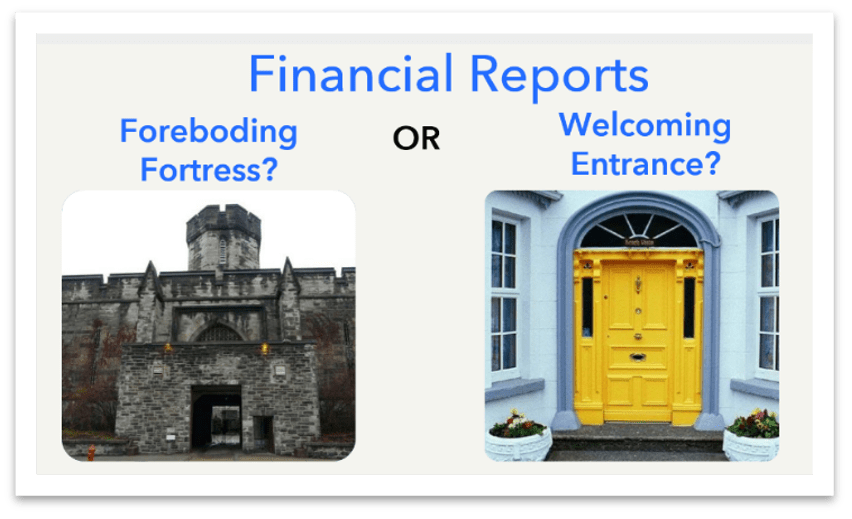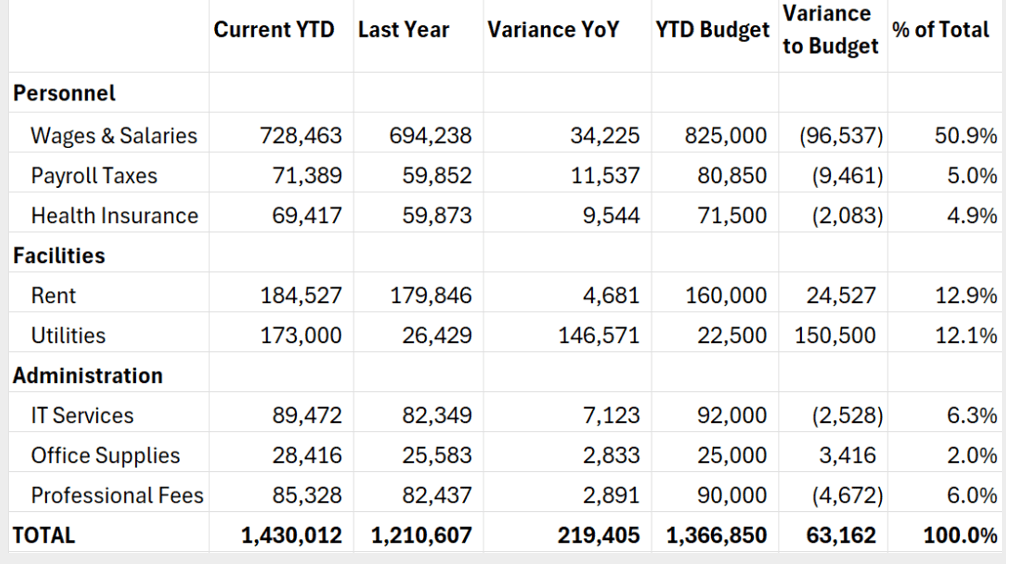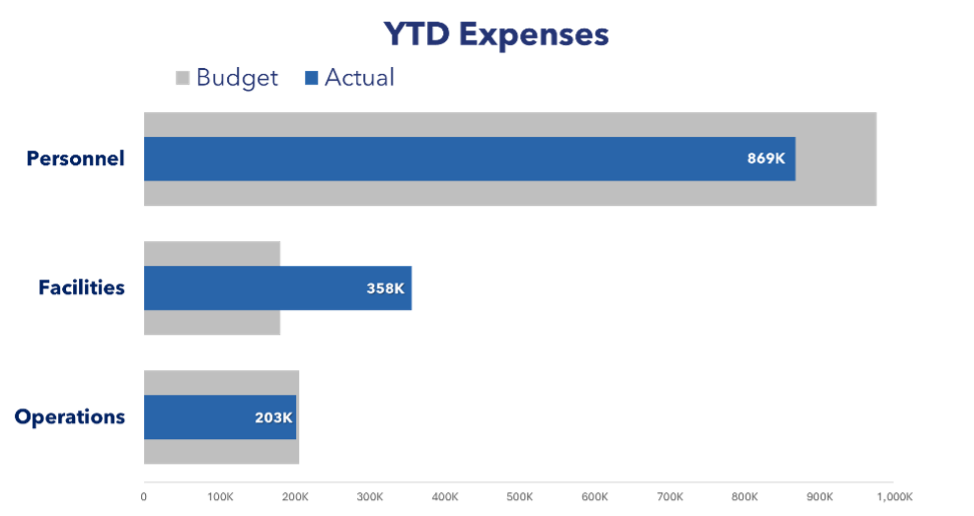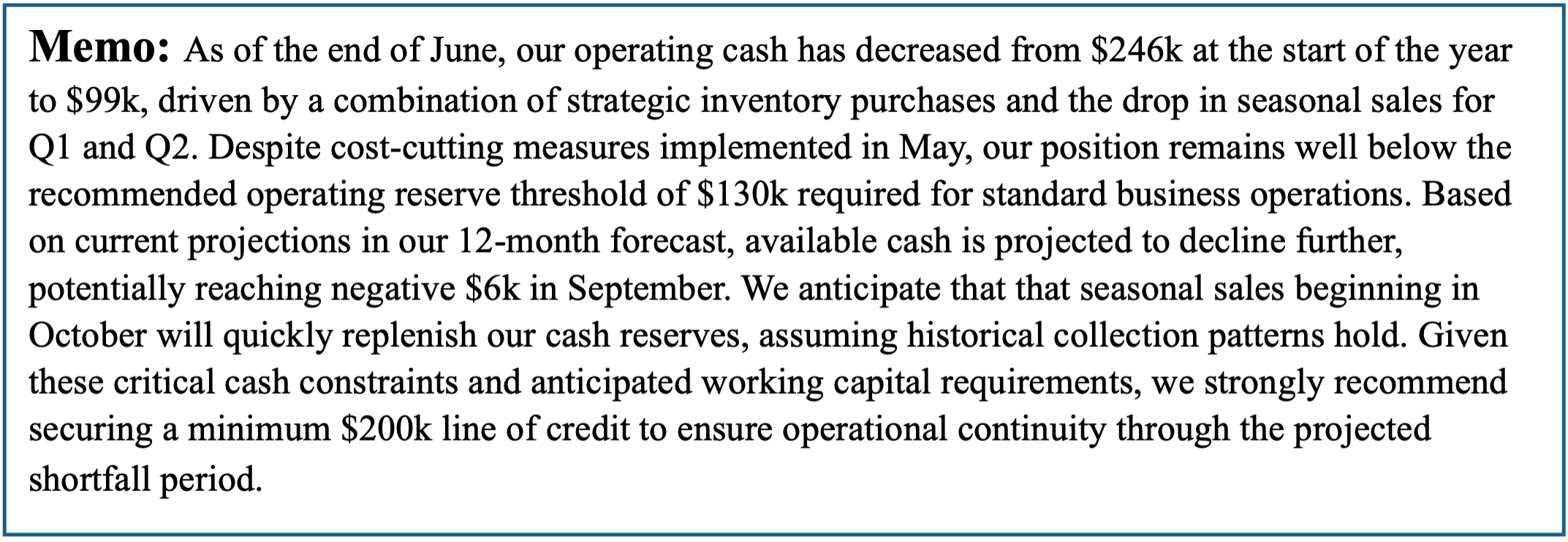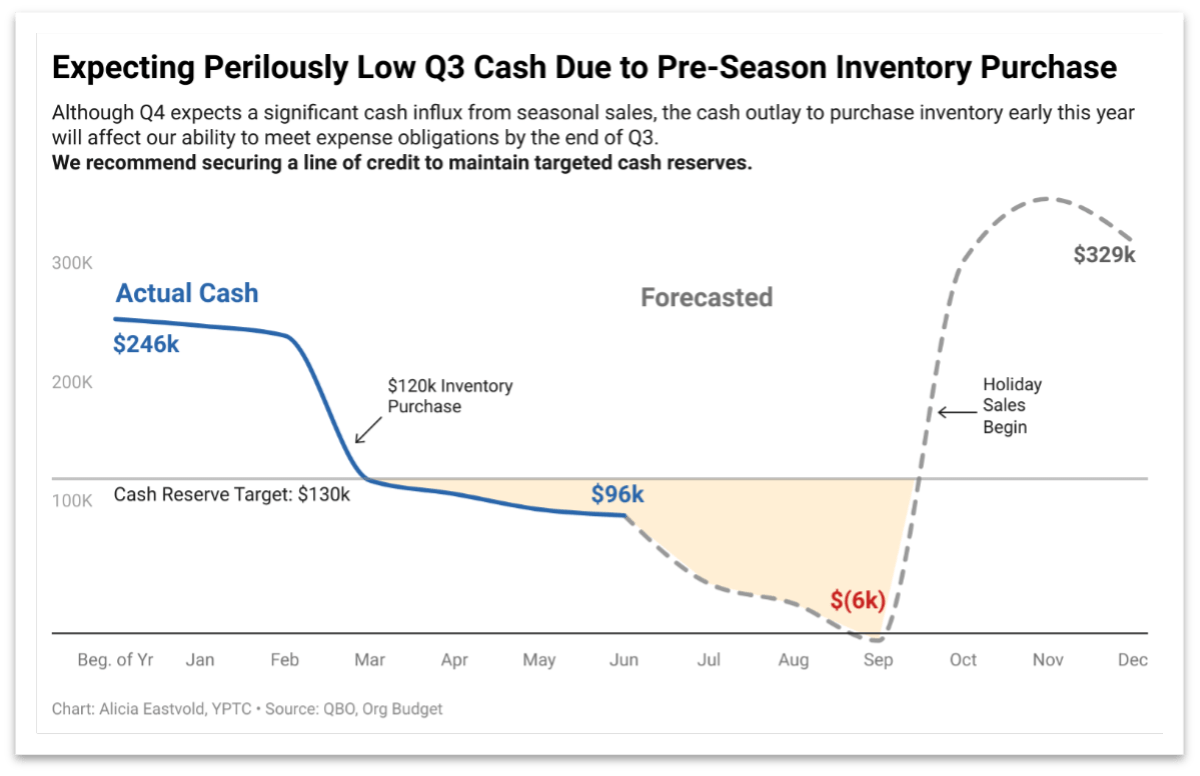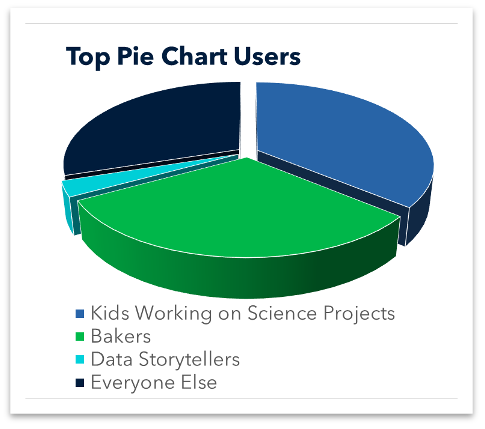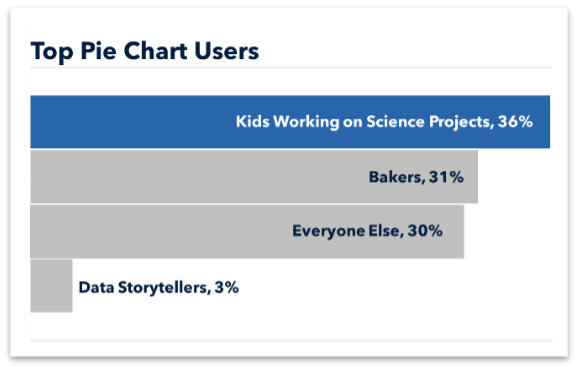As accountants, we spend a lot of time tracking and ordering financial information. However, the clients and organizations we serve need us to do more than this; they need our help in making sense of it. It’s kind of like if you were to host a dinner party to share your delicious recipe. You spend days crafting and preparing the meal. The doorbell rings. Your guests have arrived. But you look around and the house is a mess. Even the finest meal does not taste as good in this setting.
Information works the same way. Whatever role you play in your firm, the way you work with clients, or asked to sit on a board and put your financial hat on, you are tasked with delivering your special dish: Insights you have discovered from your work that can help inform business decisions. Your guests—whether it’s the executive team, internal staff, or anyone else—need the table set to receive your insights.
I’ve had to hone this craft in my role advising nonprofits at YPTC. We regularly work with our nonprofit clients to present their financial information to a wide variety of audiences, including boards, funders, and the communities they serve, all in ways that can be easily understood.
Our organizations need us to be good hosts of the data
A good host recognizes the effort it takes for a visitor to make it to our door and come inside. This applies to accounting as well. For many audiences receiving our reports, information found on standard financial statements can feel like a foreboding fortress: intimidating and difficult to decipher. Our readers may be reluctant to engage with our work and ask questions. In addition, they are short on time and mental capacity. They need all the help they can get.

